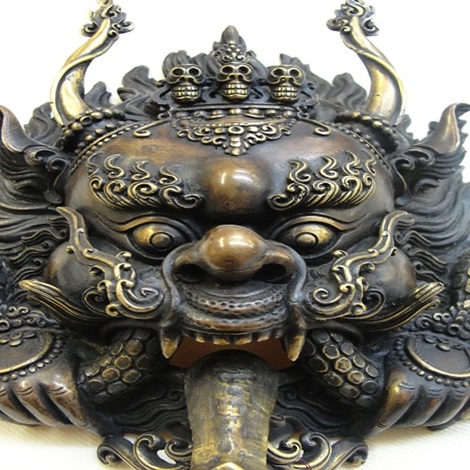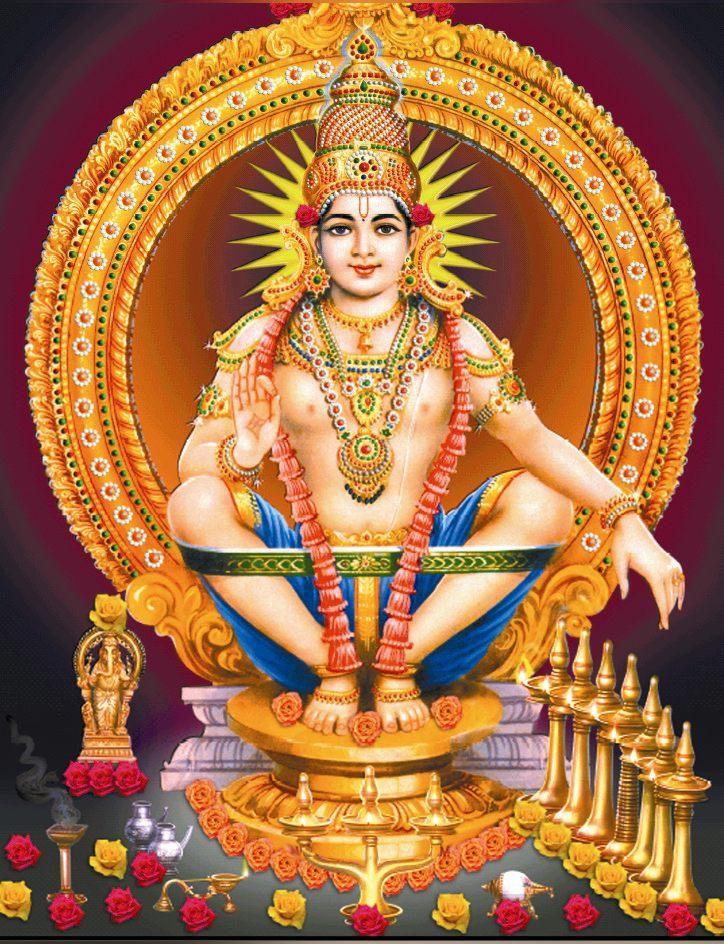
Lessons from Trees
The Tree is a common universal symbol that is found in many different traditions around the world. Trees are symbols of physical and spiritual nourishment, transformation and liberation, sustenance, spiritual growth, union and fertility. Exploring tree symbolism is one of the most beneficial way to learn big lessons in life. Trees are perfect examples of how to live, grow, transition, change and even die with grace. Cultures around the world hold trees as sacred symbols. This article explores tree meaning in many different ways.
1. Be flexible – the tree that bends a little to the harmless breeze will later grow to withstand the wild wind. Similarly, if you maintain a degree of flexibility in our attitudes and viewpoints, such persons will not be broken in any form of criticism or opposition.
2. Leaves – though they are small, are vital to the life of a tree. Similarly, in our lives, there are many whom we consider insignificant are indeed important to our sustenance and growth and should be taken good care of. Even a simple word of appreciation or thank you will go a long way in encouraging them and supporting you in your endeavours.
3. Do not be intimidated (disappointed) by small beginning in your life. A mighty oak or banyan tree was a small seedling one day. Efforts when enriched with strong motivation and determination will grow and only sky would be the limits.
4. Do not be afraid of change. Invigorate your life by letting go off the past and fast forwarding to something new. For the sprout to come out the shell has to be broken. Old leaves have to be shed for new ones to take its place.
5. Practice teamwork – in forests individual trees support each other. By interlocking roots and branches, trees in the forest survive powerful cyclones but a giant tree standing alone could easily be uprooted. Collaboration and teamwork is essential for success and growth.
6. It is important to have deep roots to survive and grow – deeper the roots, taller the tree and only such trees can withstand heavy winds or adverse external environmental conditions. Similarly, it is critical for us to develop deep roots wherever we are, whether in the place of our birth, place where we live or the company we work. Frequent change of job or living place does not help us develop deeper roots.
7. Grow where you are planted – every plant needs certain environmental and physical conditions to survive and grow, a tropical plant cannot grow in the arctic region or vice versa. If you think that people living in western countries are lucky and opportunities are unfavourably stacked in favour of them, think twice before you plan to immigrate to that nation. You may feel discriminated; even worse, you may not get the same opportunities as locals and may not even enjoy the climate and life style.
8. Avoid people who would cut you down.
9. Shed your leaves during harsh winter – during heavy snow falls, trees can collapse on their own weight if it does not shed the leaves. Similarly, lack of sun makes the leaves without much function during the winter. Many companies resort to large-scale retrenchment during recession or such severe external economic conditions to survive the difficult times.
10. Trees with fruits bend their heads – trees standing tall are those without fruits. Humility is an essential personality trait for those who are knowledgeable, successful and in high positions.
11. Be prepared for brickbats and criticism – people throw stones at fruit bearing trees only. The higher your position in society or in your organization, the harsher the criticism that you will hear.
12. A fast growing tree is weak and has a short life and a slow growing tree is stronger and has a long life. Manage your growth, be stronger, and stay long.
13. Trees that do not provide fruits are grown to be used as firewood and will be cut down when they reach certain age and size. If you do not produce expected results for your company, you will be cut down in due course of time.
14. Work hard – trees and leaves work very hard. Leaves are the primary work force for the tree. During daytime, it takes sun light and prepares nutrition for the entire tree. At night it converts carbon dioxide into oxygen and serves the society. Our work culture and life should reflect that of a leaf, always engaged and working for the benefit of others.
15. Give shelter – a tree provides shelter for birds, butterflies, snakes and many such living organisms. It provides shade and shelter for tired pedestrians from the harsh sun or rain. Our lives should reflect that of a tree; help those in need and difficulty irrespective of caste, creed, religion or region.
16. Tree and an organization – tree reflects an organizational structure with branches and sub branches.
a. The roots anchor the plant. It is the head or corporate office. It absorbs the minerals and water from the soil, essential for the survival of the plant and also acts as a site for storage.
b. The stems provide the support for the plant. It produces new tissues and provides transportation between leaves and roots. It can also act as a storage place. The regional or branch offices that recruits and trains persons essential to run the organization.
c. Leaves are like workers in an organization, either organized singly or in pairs depending upon the requirements of nature. Leaves main function is photosynthesis, a process wherein carbon dioxide and water is combined with the help of sun light to produce the essential food for the plant and to the entire humanity. The waste product is oxygen, which is so vital for our survival. Leaves structure is designed to adapt to the nature.



